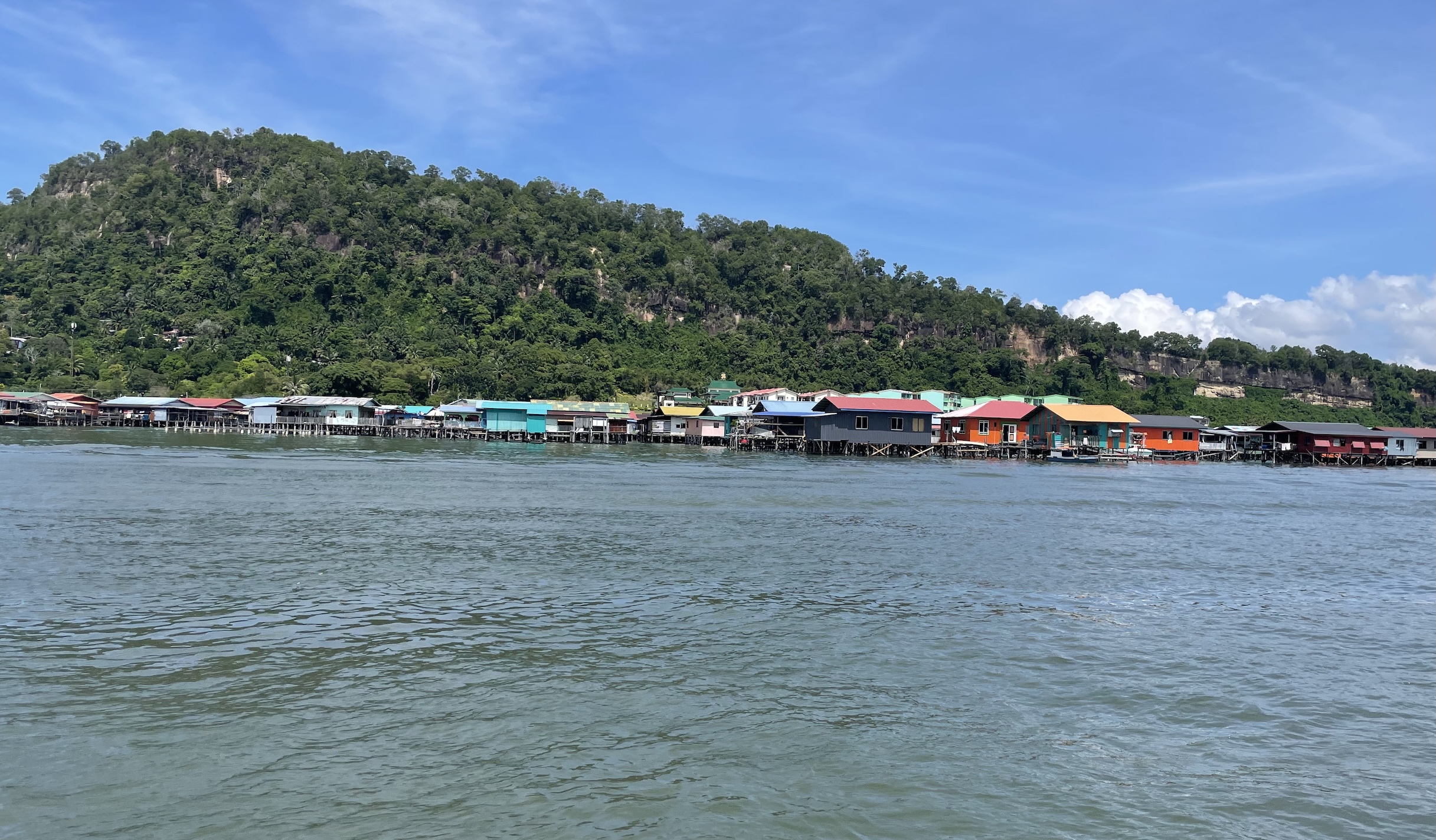
SANDAKAN
Sandakan
After our arrival at Sandakan airport we called a taxi, which within minutes reached our destination: the Sabah Hotel, which offered us a comfortable base for exploring the city. We are welcomed by the omnipresent humidity, which reaches very high levels in these parts. Once in the room, we close our eyes almost instantly, thanks to the two stopovers, the countless hours of travel and the consequent lack of sleep.
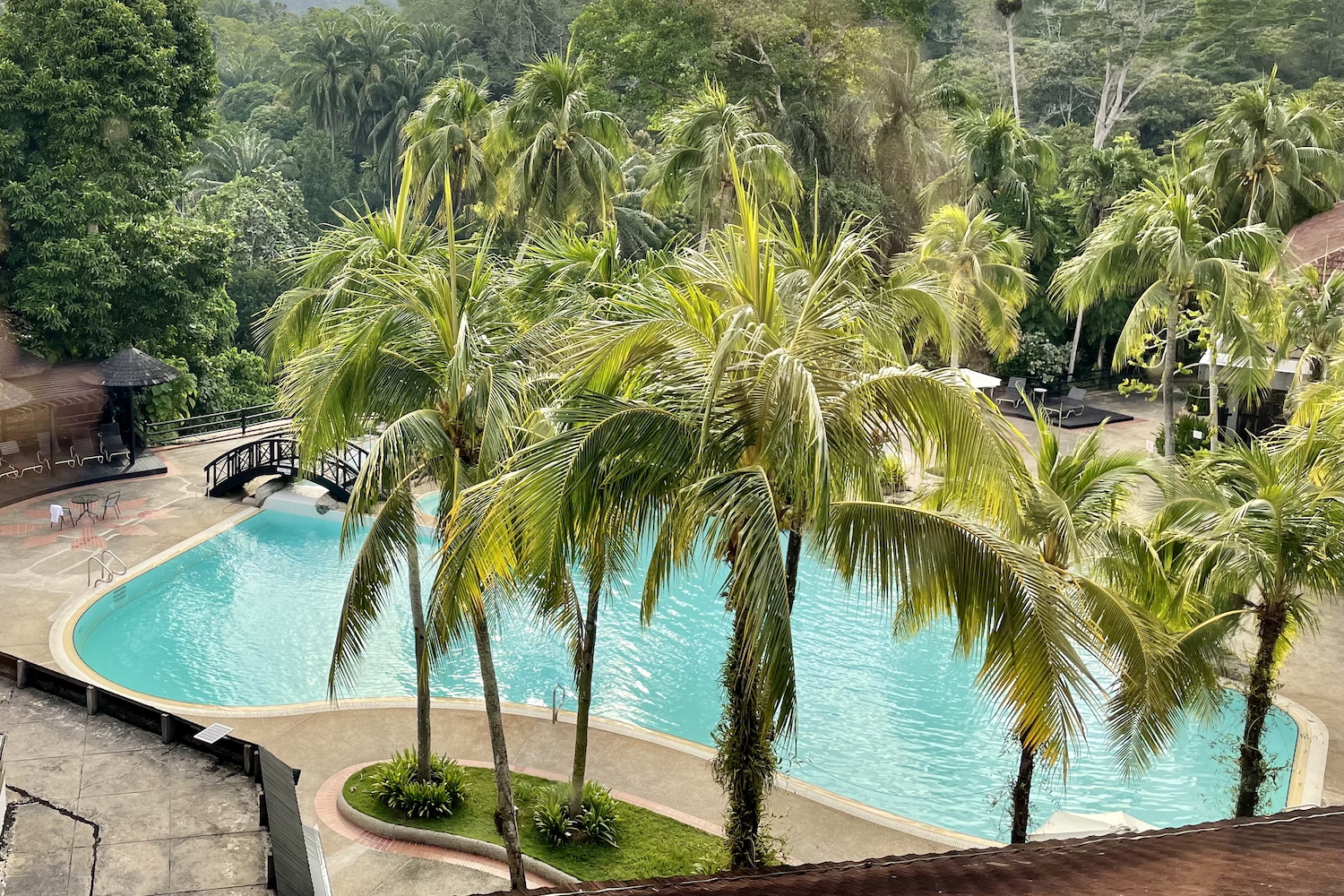
The following day we woke up full of energy, aware that our holiday would begin from that very day. Breakfast is the first act: international in style, full of delicacies, exotic fruit, with coconut-based jams and peanut butter; goodbye diet! This warm welcome prepares us for the adventure and visit of the city, which we did in the morning.
Sandakan - The story
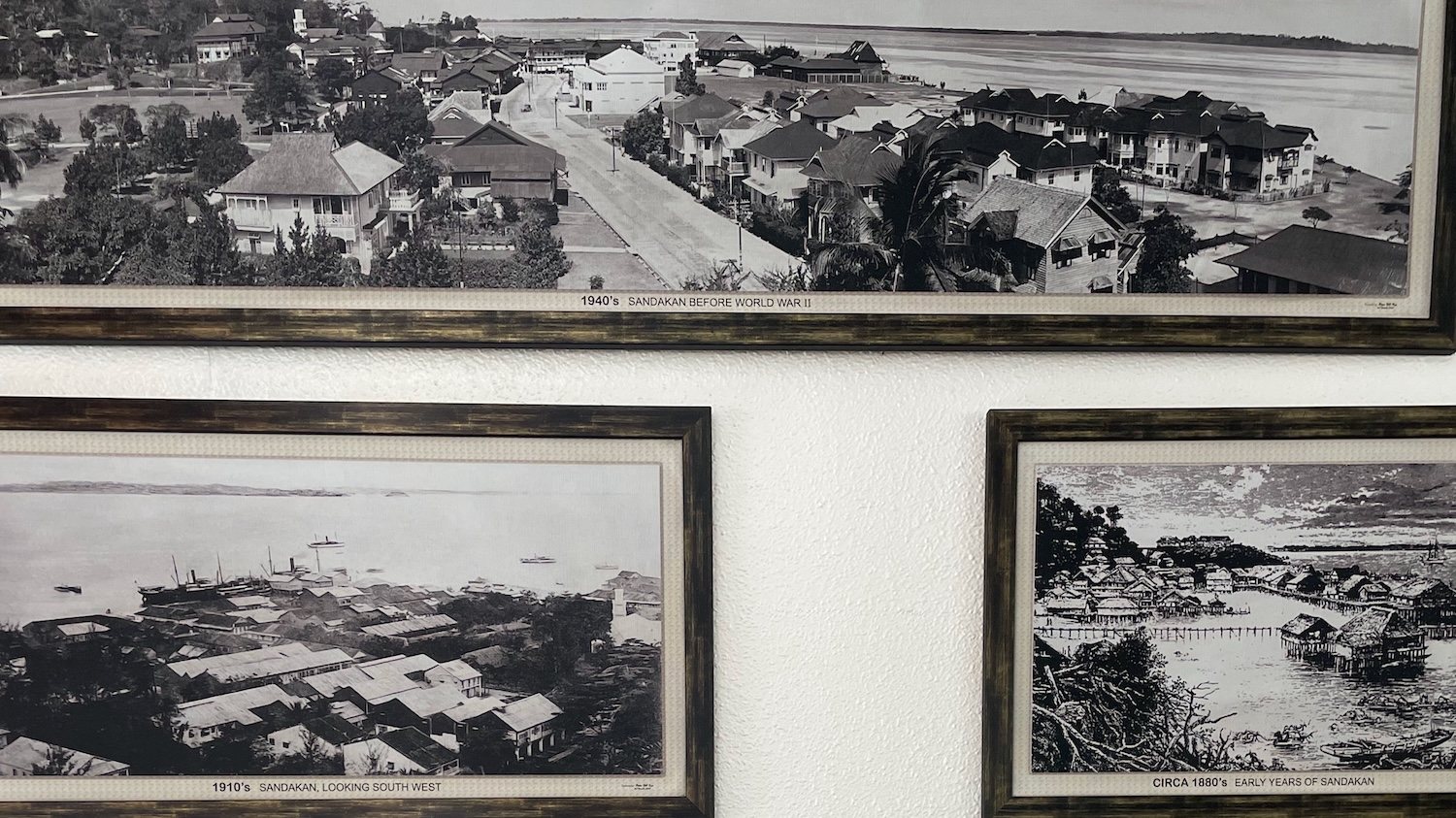
Founded as a small trading outpost in the Sulu Sultanate, Sandakan enjoyed a period of great splendor under British rule. The city soon became an important commercial port, whose most important economic activity was the export of timber.
The Second World War marked a temporary interruption of this exploitation, which began to intensify again after the war. In just a few decades there was a decline in the timber sector and the rise of oil palm cultivation, which occupies a very large portion of Borneo and often causes serious problems of soil erosion and pollution.
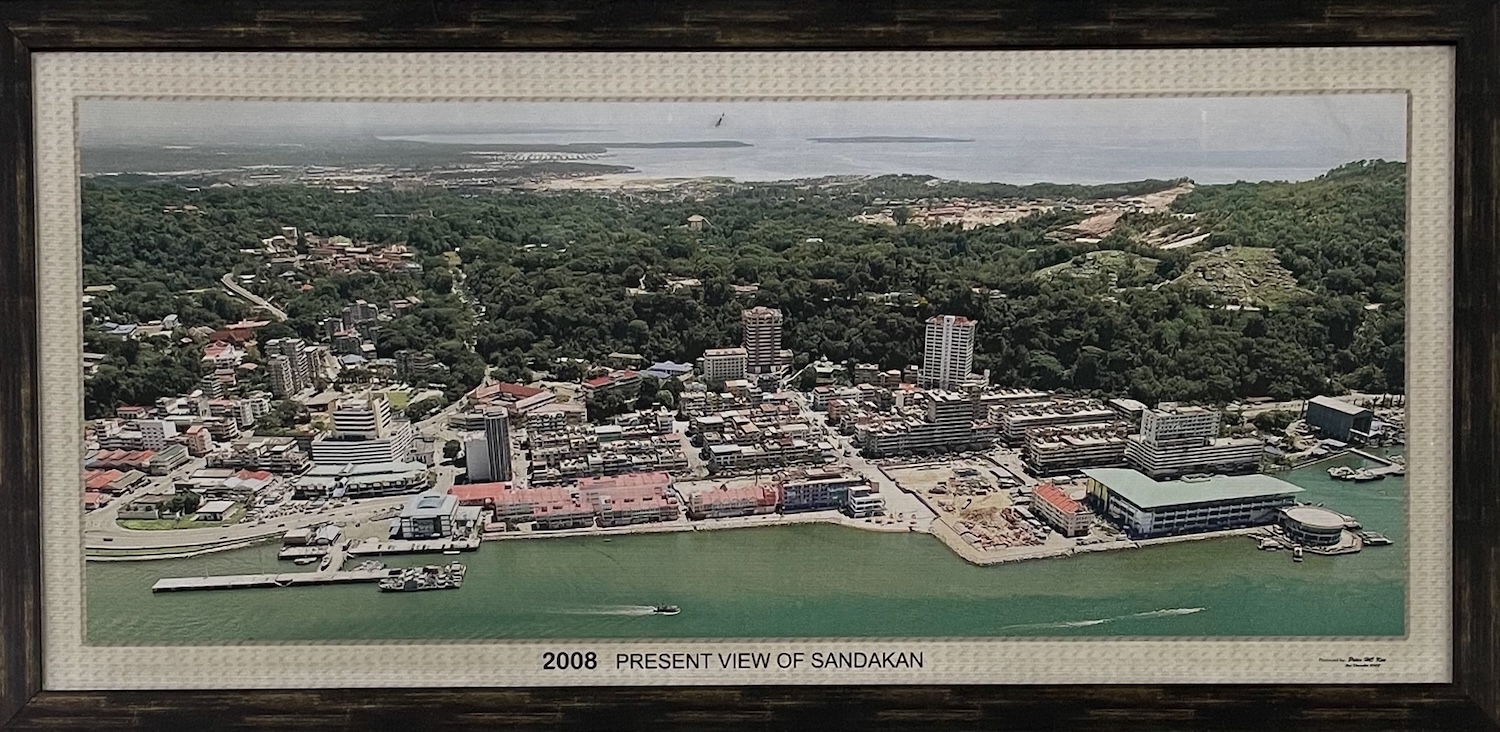
Today Sandakan is trying to reinvent itself, focusing on sustainable tourism and the restoration of the natural habitat of the past, thanks to the many environmental associations present in the area.
Sandakan - What to see
After the Second World War the city was chaotically rebuilt, and where the vibrant colonial city once stood, today lies a degrading labyrinth of concrete buildings. For this reason, there is not much to see; almost all the attractions, including the Sandakan Memorial Park, can be seen without having to set foot in the city centre.
The first place we saw was the house of Agnes Keith, an American writer who lived in Sandakan for many years. His house, now a museum, allowed us to immerse ourselves in the atmosphere of the early twentieth century and learn more about the colonial history of this city. His masterpiece “Land Below the Wind” (1939) is an engaging memoir that transports readers to the world of 1930s North Borneo. It is an account of his life in this exotic land, filled with vivid descriptions of the lush rainforest, diverse cultures, and the challenges of colonial life.
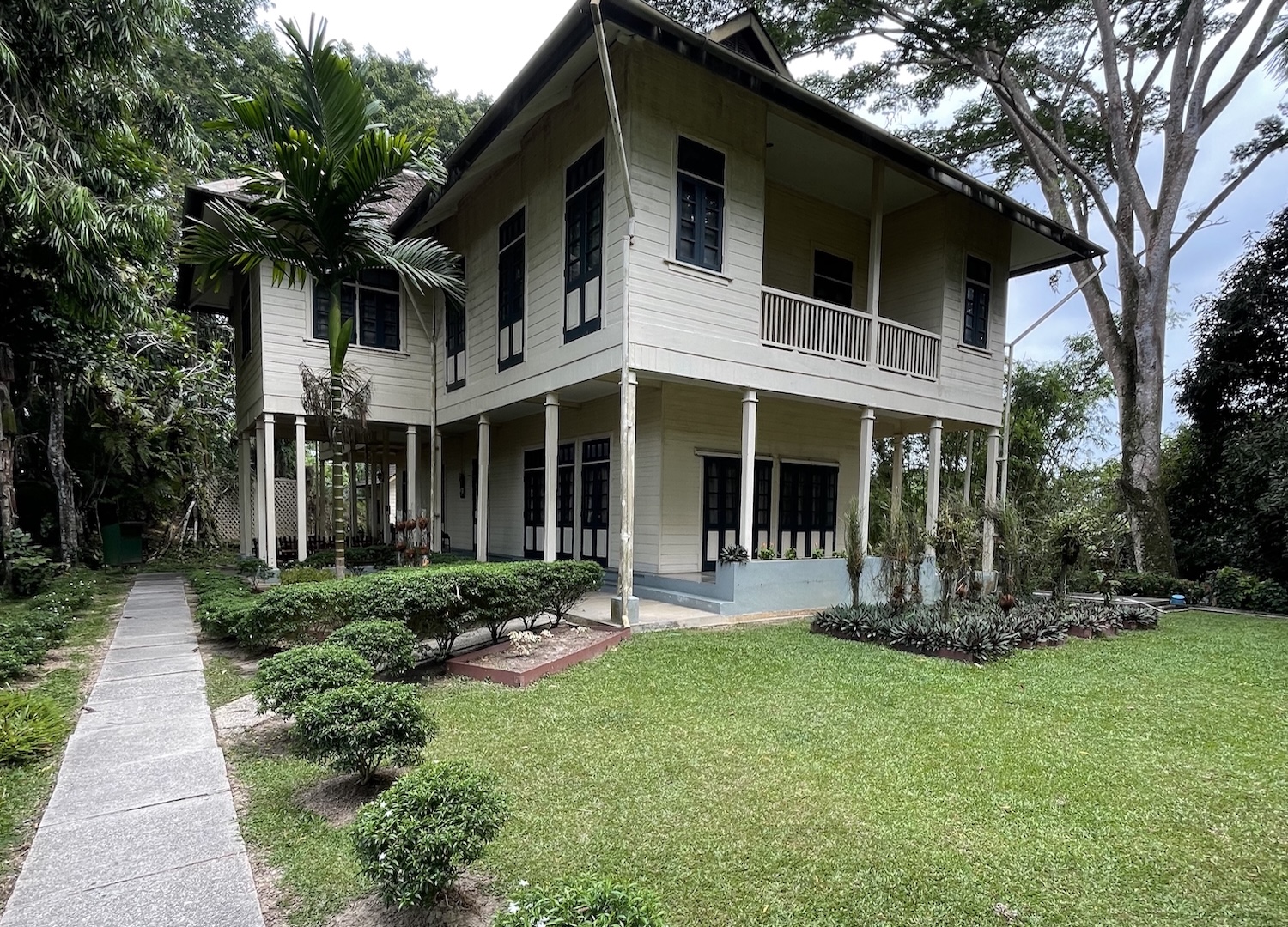

Starting from the house museum, we then walked down the 100 steps to reach the World War II memorial. Here we learned about the horrors of the death march, a tragic event that profoundly affected the history of Sandakan. Thousands of Allied prisoners of war were forced to march miles, in inhumane conditions, to a prison camp inland.
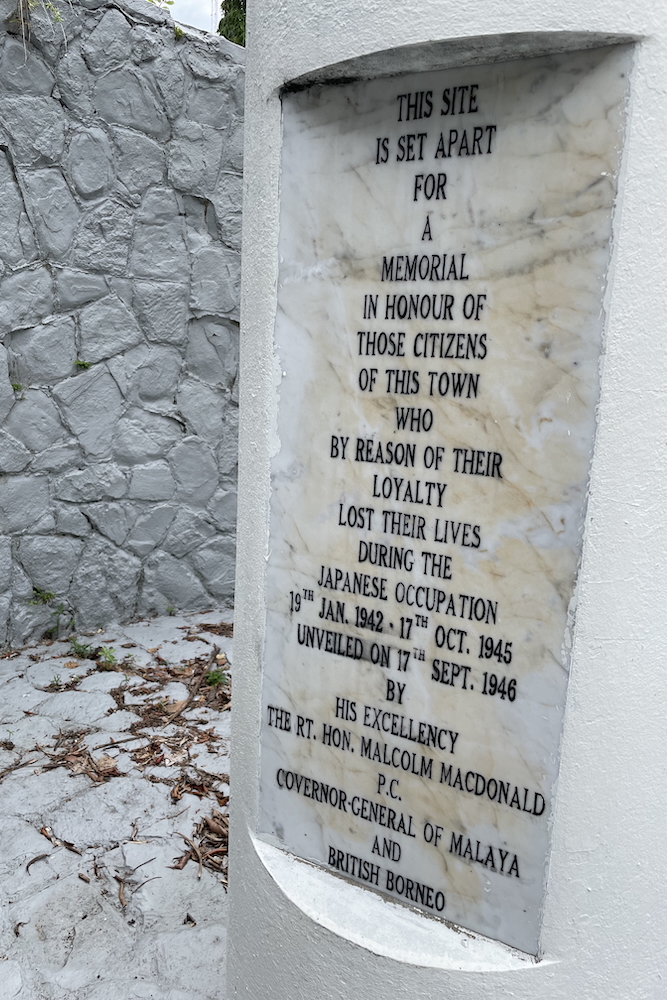
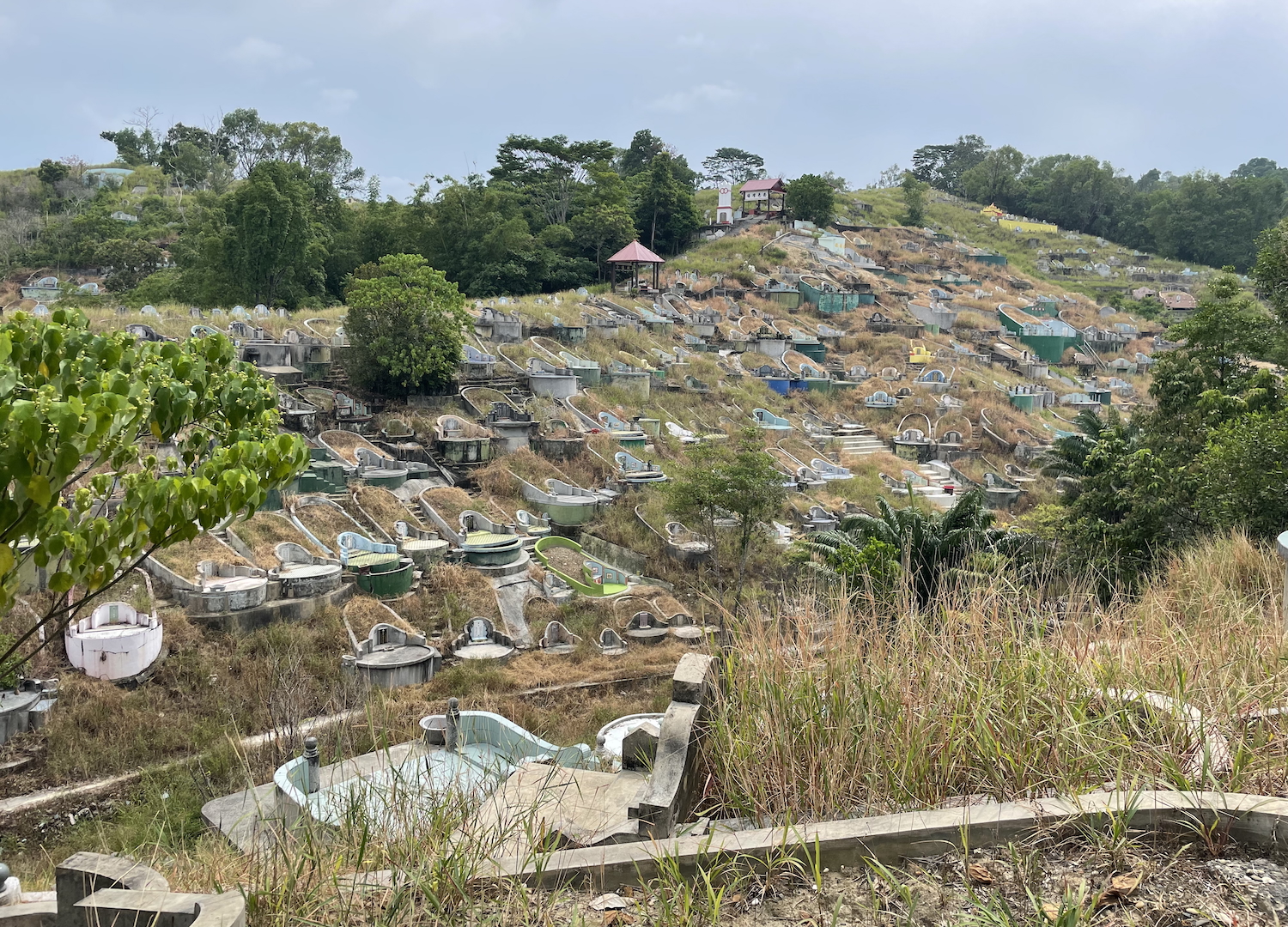
From the memorial we finally returned to the hill and reached the war cemetery, where the soldiers of the various nations who participated in the world conflict rest in peace, in the shade of the rainforest.
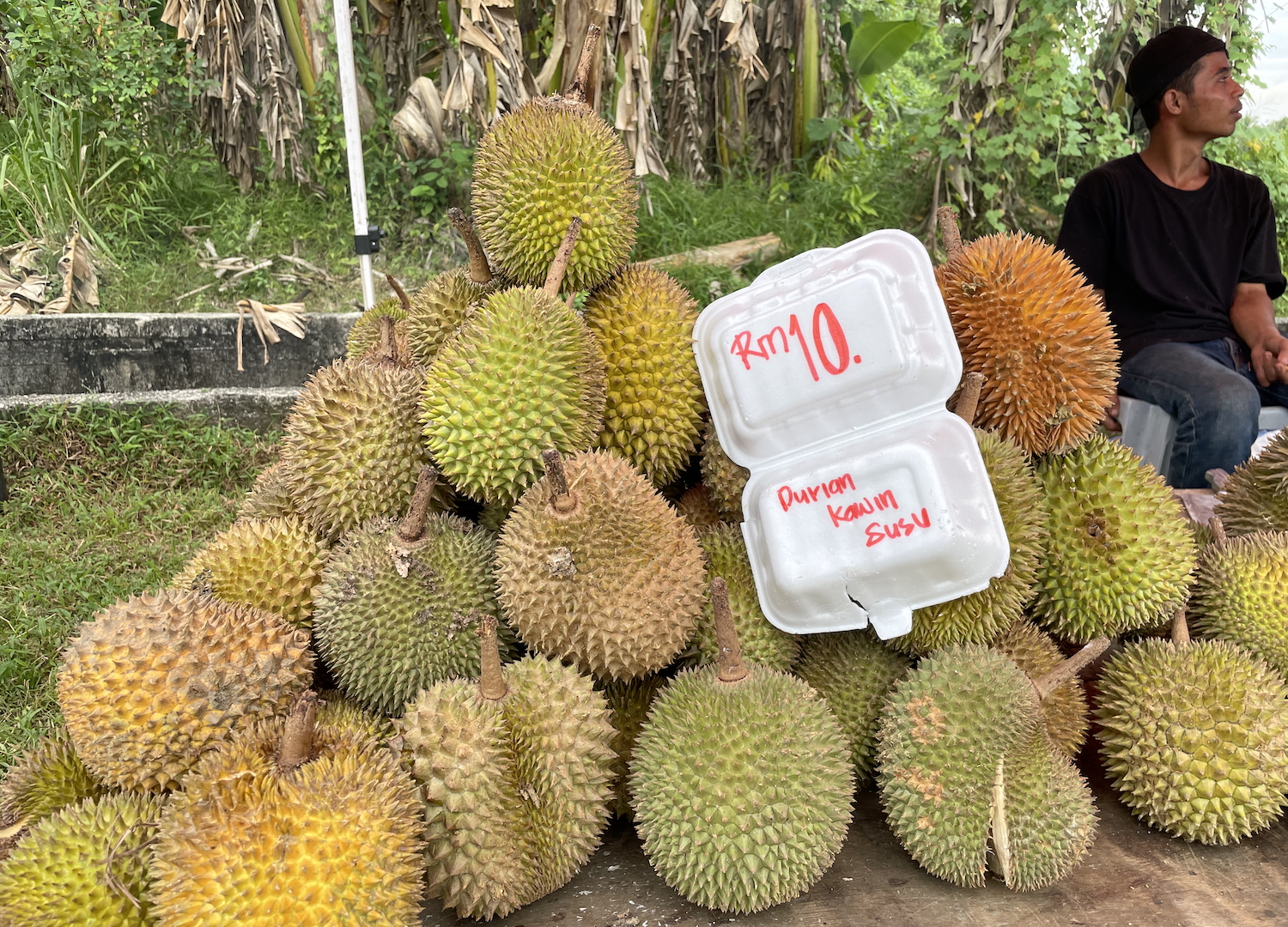
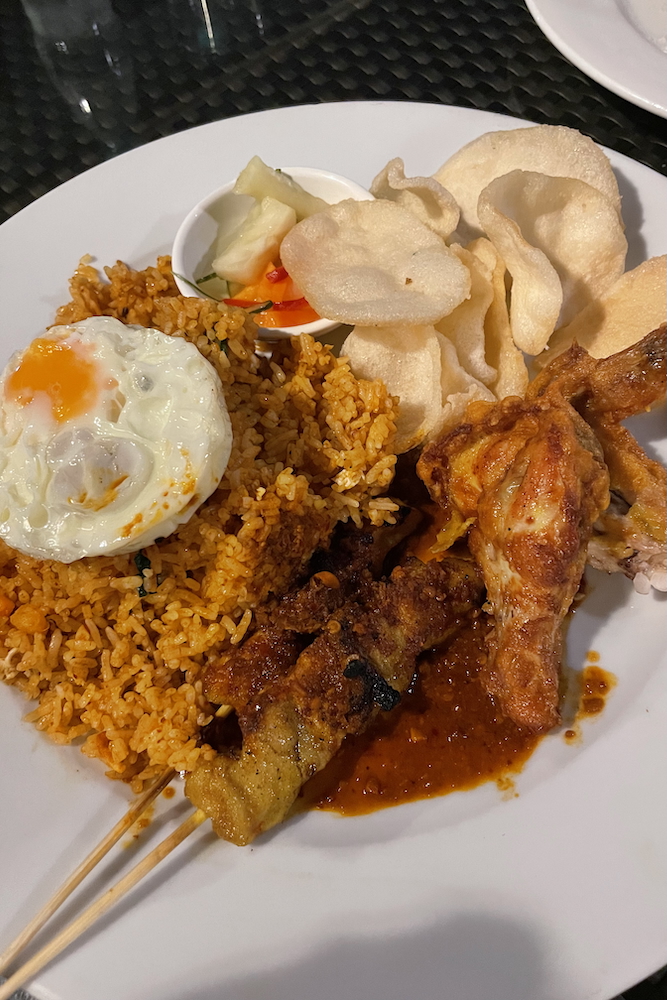
While we waited for our guide, we decided to soak up the local atmosphere and had lunch at a small stall, enjoying an authentic nasi goreng. The mix of spices and scrambled egg made it irresistible. And then, driven by curiosity, we tasted the durian, which put us to the test with its intense and particular flavour.
Vote 10 for our courage!
That's all! If you like this text or have any question, leave a comment below.



Comments powered by CComment